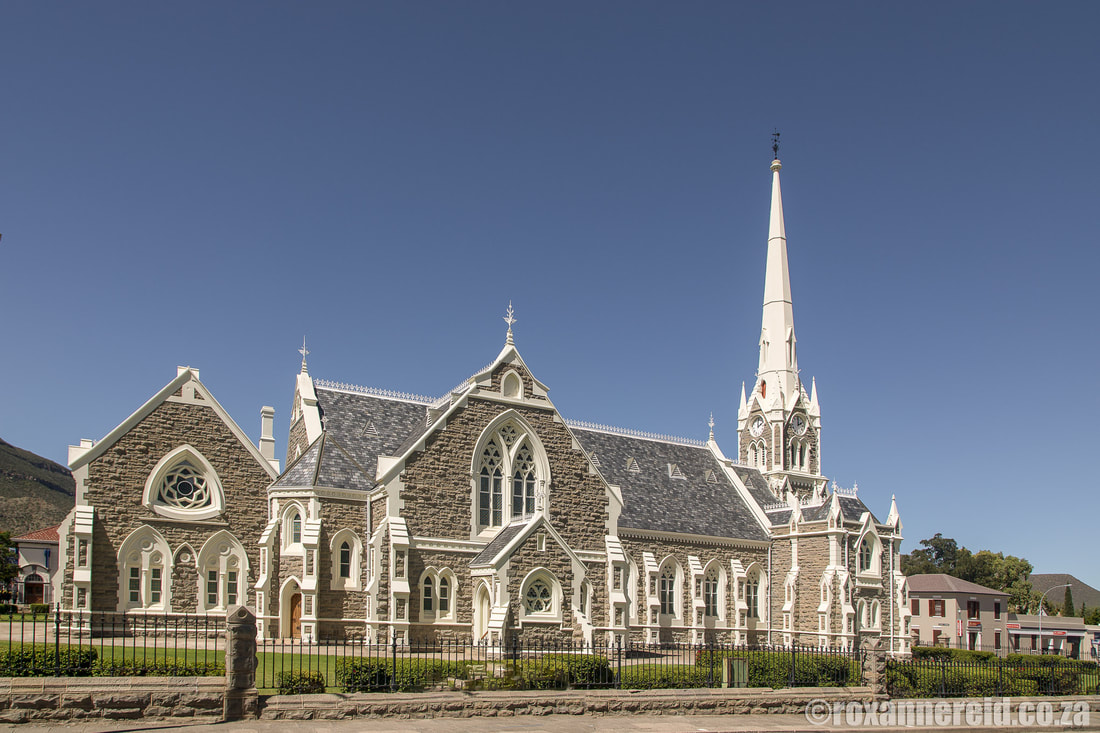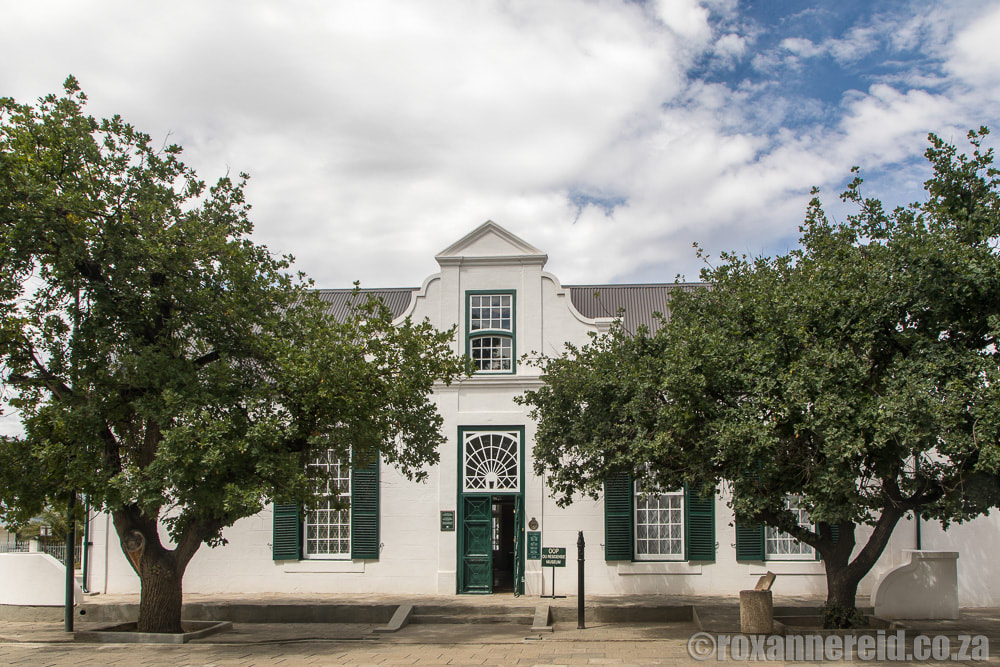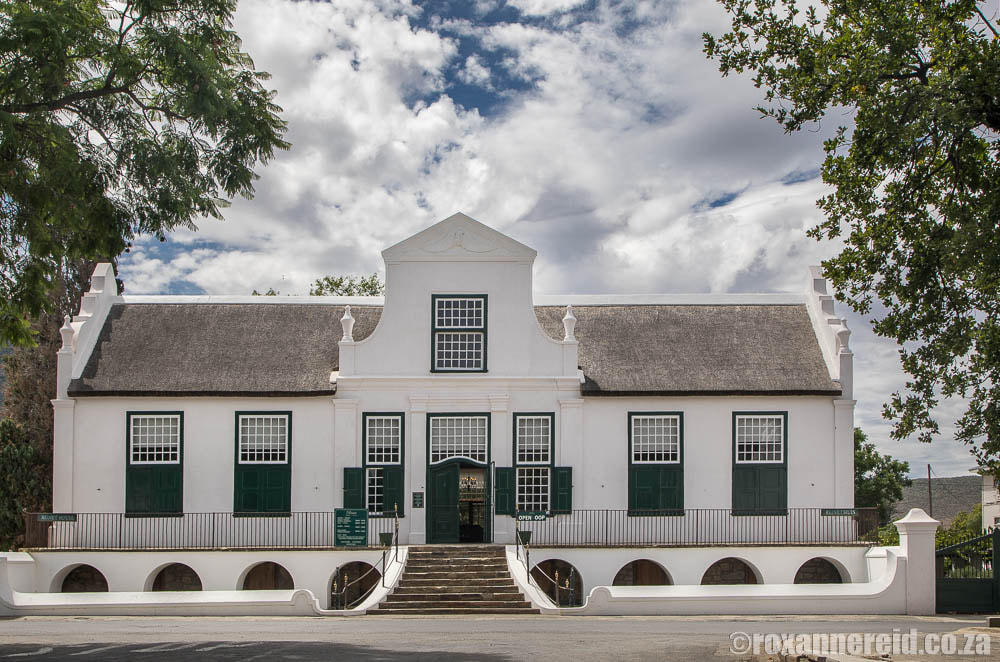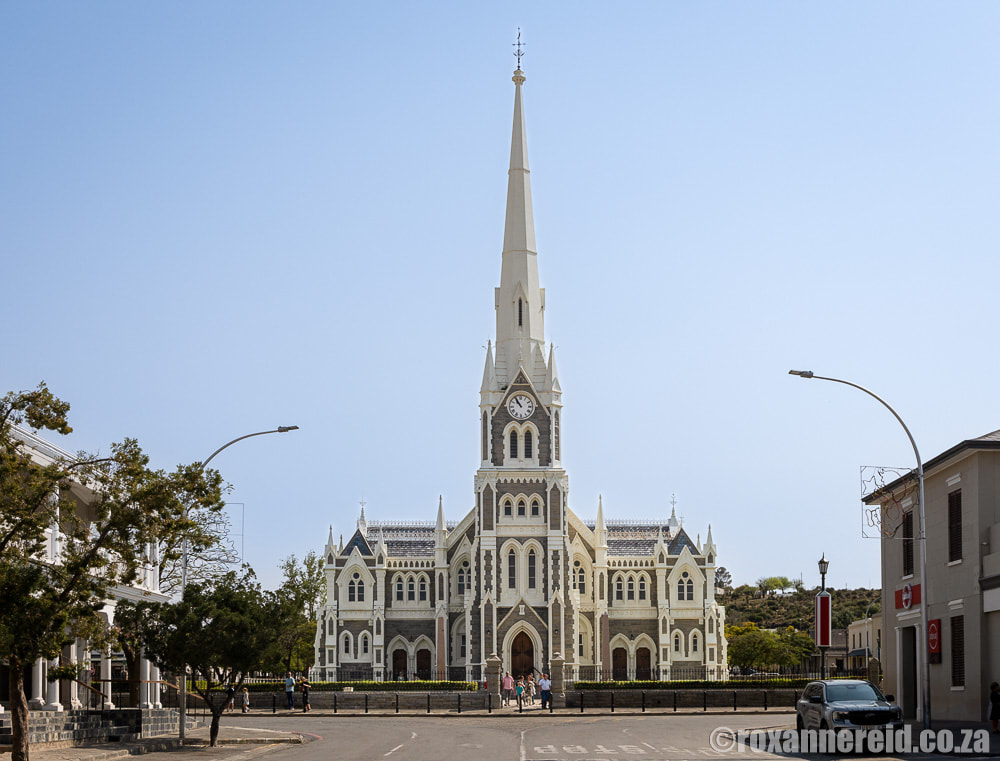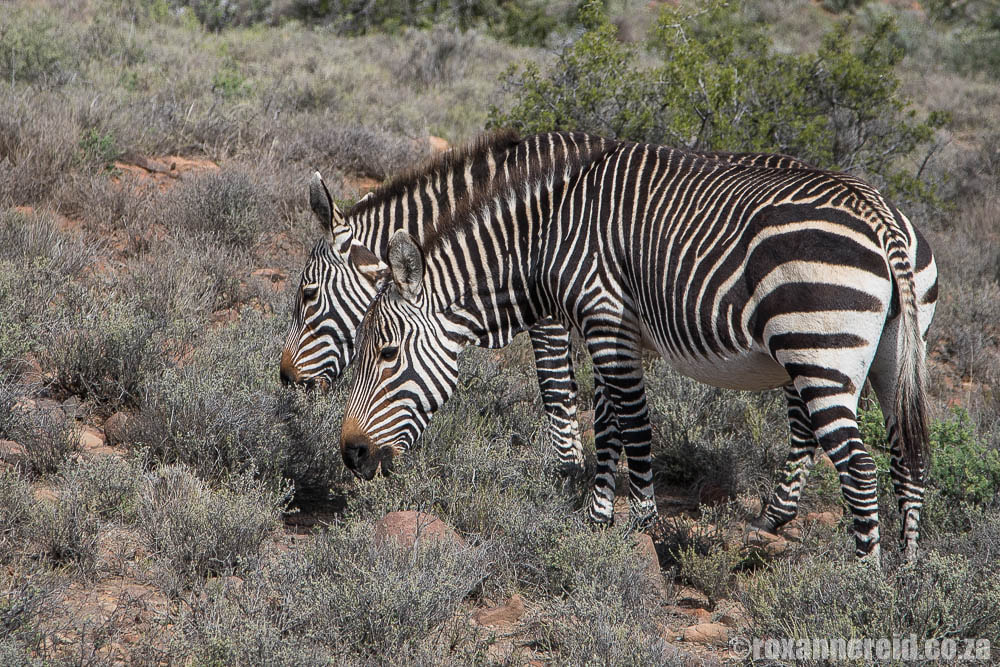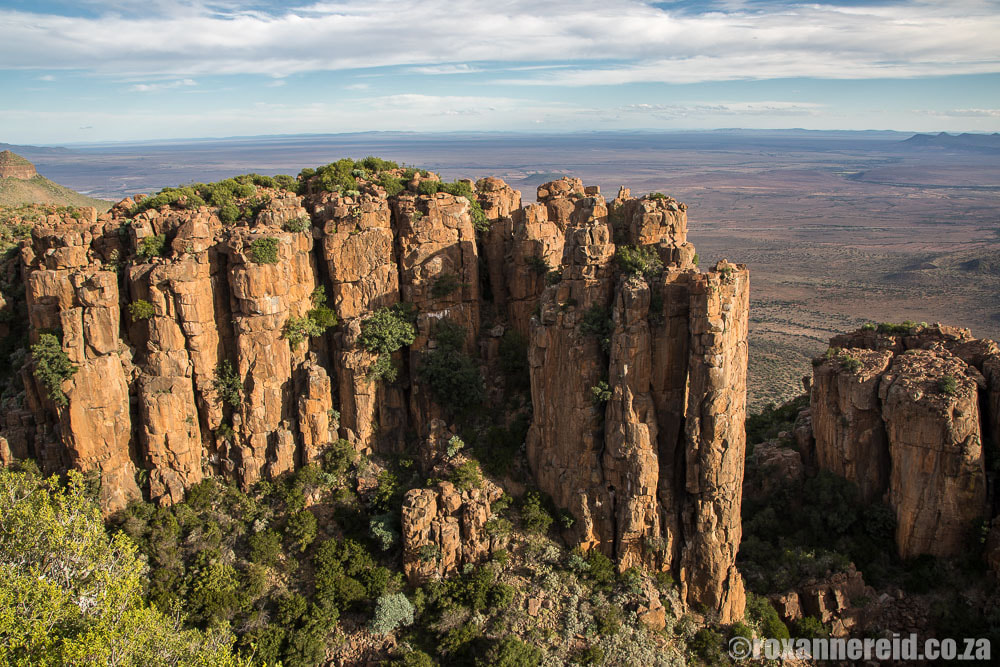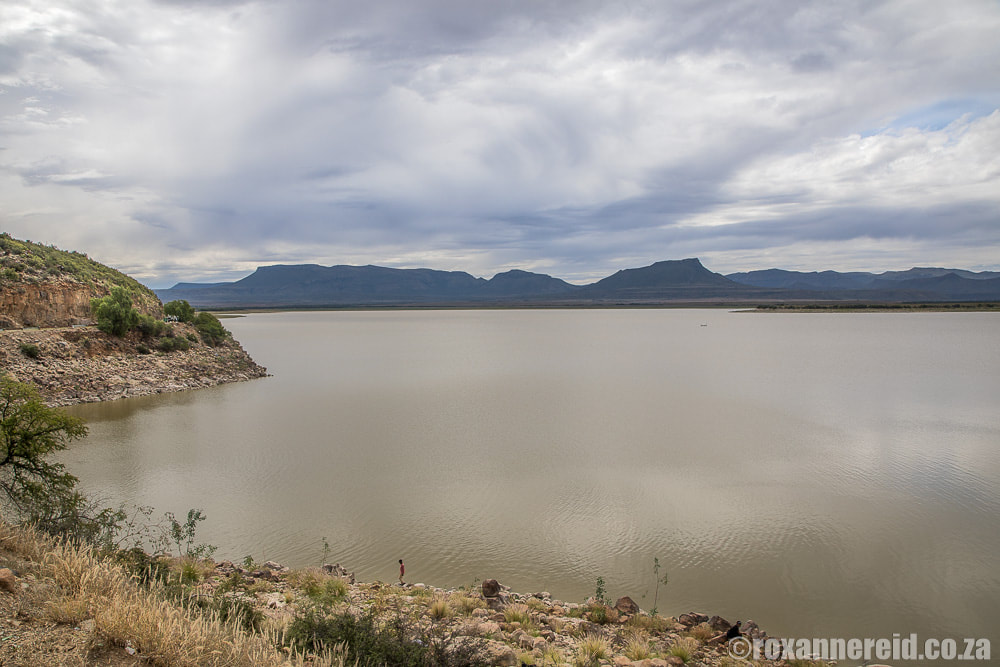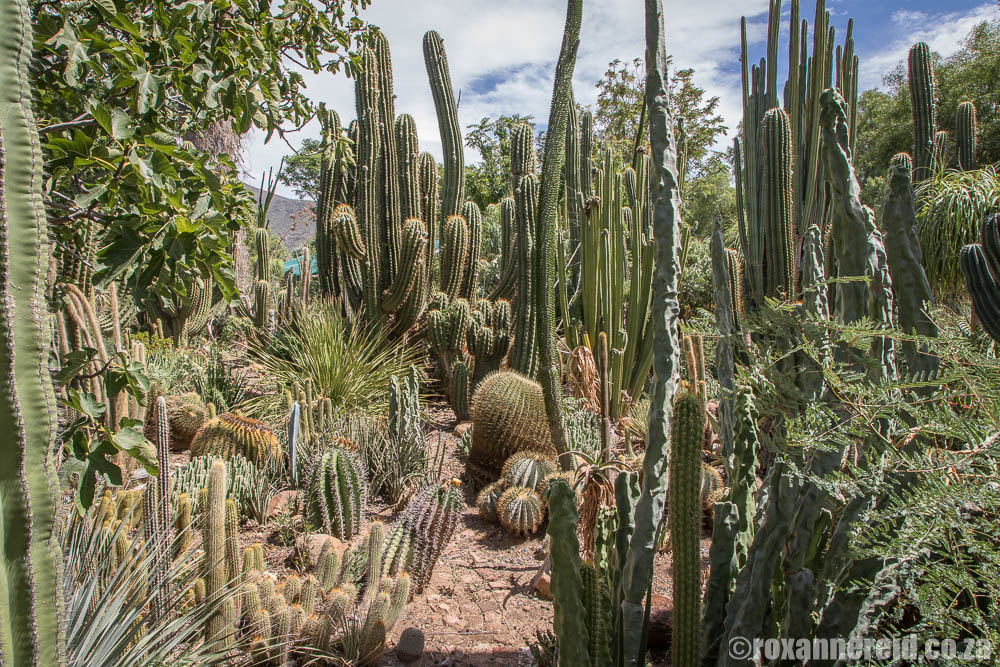If you love history and old buildings, you’ll love Graaff-Reinet in South Africa’s Eastern Cape. The town has more than 220 listed heritage sites, so there’s lots of history to be explored. If you love nature, you’re in luck too, given that the town is surrounded by 195 square kilometres of national park. Here’s my pick of things to do in Graaff-Reinet in the Karoo.
Founded in 1786, Graaff-Reinet is the oldest town in the Eastern Cape and the town with the most historical monuments in the country. There’s a rich tapestry of Voortrekker history, Anglo Boer War history, and history connected to the freedom struggle. There’s also a lot of fun to be had in nature, from hiking and mountain biking, game drives and 4×4 trails, to fishing and water sports.
Much of what has been preserved in Graaff-Reinet is thanks to Dr Anton Rupert who between 1965 and 1981 contributed towards restoring the most important buildings of the town in which he was born.
1. Pop into the tourism info centre
First thing to do is to find the tourism info centre in The Old Library at 17 Church Street. This is the place to get a walking map of the town and to buy your tickets for the museums (see point 2), either single entry or a 5-in-1. Explore the art gallery in the same building, and see a giant fabric art piece in the museum by the artists of the Bethesda Arts Centre of the First People. It’s bound to inspire you to visit the Art Centre in Nieu Bethesda to see more of these art pieces and hear some of the fables that inspired them. There’s also a fossil collection and a wing devoted to Robert Sobukwe (see the Old Library Museum in point 2).
2. Visit museums and historical buildings
Reinet House, which used to be the Dutch Reformed church parsonage, now houses collections of silver, kitchen equipment, medical equipment, clothes and dolls, among others. I found the dolls from the Laubscher doll factory in Graaff-Reinet between 1914 and 1927 fascinating to compare to what was being produced in Europe at the time.
You can also see the second-oldest grape vine in South Africa (the oldest is in the Company’s Garden in Cape Town). The Graaff-Reinet one was planted in 1870 by Reverend Charles Murray and the single stem grew to a circumference of 3.1m before fungal rot set in. In 1983 the dead wood was removed to preserve the vine and now there’s a circle of separate stems.
The Old Residency diagonally across the street from Reinet House houses the William Roe photo exhibition, a fascinating collection of late 19th century photographs. There are also collections of old cameras, gramophones, giant music boxes still in working order, and a roomful of historical guns.
If you want a break from colonial history, visit the Old Library Museum in Church Street (in the same building as the tourism info centre) for some insight into the lives of slaves and the Khoi, as well as transformation history and displays about political activist and Pan African Congress founder, Robert Sobukwe, who was born and buried in Graaff-Reinet (see point 9).
Another museum well worth visiting is the Hester Rupert Art Museum in Church Street. Originally a church for coloured people, the building now houses a fine collection of artworks by South African artists like Gregoire Boonzaaier, Larry Scully, Cecil Skotnes, Walter Battiss, Eduardo Villa, Irma Stern and Maud Sumner.
There are lots of other historical buildings in town too, like the Drostdy in Church Street (now a hotel), the Graaff-Reinet Club (which is the second oldest club in the country and has bullet holes in the bar counter), the town hall in Church Square, and Te Water House on the corner of Somerset and Church streets, originally built in Cape Dutch style and later Victorianised. If you’d like to join a 2.5-hour walking tour of some of the historic buildings and learn their stories, talk to David McNaughton of Karoo Connections.
3. Admire the church
4. Explore the Camdeboo National Park
The entrance gate and reception for game drives and the accommodation is off the N9, about 5km north of town.
If you’re a keen mountain biker, join Karoo 360 for a morning cycle into the Camdeboo National Park and surrounding farms, including a bush breakfast. It’s best to bring your own bike although they do have a few to rent.
Read more about Camdeboo National Park
5. Visit the Valley of Desolation
Your first stop should be the toposcope, where you can walk up a koppie to get a view over the town and the dam. Continue to the parking area a kilometre or two further on. Leave your car and walk to various viewpoints over the Valley of Desolation to see the result of volcanic activity and erosion over millions of years. Marvel at the steep cliffs and dolerite pillars climbing 120m from the valley floor, look out over the plains of the Camdeboo, or walk the short Crag Lizard Trail.
6. Enjoy the Nqweba Dam
7. Visit the Obesa cactus nursery and garden
Find the entrance on Murray Street. Take an adventurous walk along the marked path around the garden (just avoid the prickles) and you’ll be amazed at the variety and number of them. In some places the cacti are so big they even create shady areas. When we visited, some were on the verge of flowering and it occurred to me how colourful the garden must be when many of them are in bloom.
We asked Johan how many different species there are in his garden and nursery and he told us that last time he counted was in 2012, when it was 7200. Then he realised counting was all about testosterone and ego so he hasn’t counted since then although he has continued to propagate new species. It’s the largest private collection in the world.
Quite a character, Johan is interesting to talk to, with strong opinions on everything from politics to religion and racism. He is cactus-prickly to Americans who may have voted for Donald Trump, so lose that American accent before your visit! And if you’re sensitive about swearing, don’t engage him in conversation because every sentence is peppered with a few f-bombs.
Your guess is as good as mine as to the best time to visit, although it does seem to be open on weekday mornings, and closed weekday afternoons and on weekends. The sign on the gate declares: ‘Opening time – when gates are open; closing time – when gates are closed.’ Another might say: ‘Closed – not my day for humans.’ But I can promise you it’s worth making a second attempt if you don’t strike it lucky the first time.
His son Anton runs the Obesa Wholesale Nursery, which is an entirely separate…

